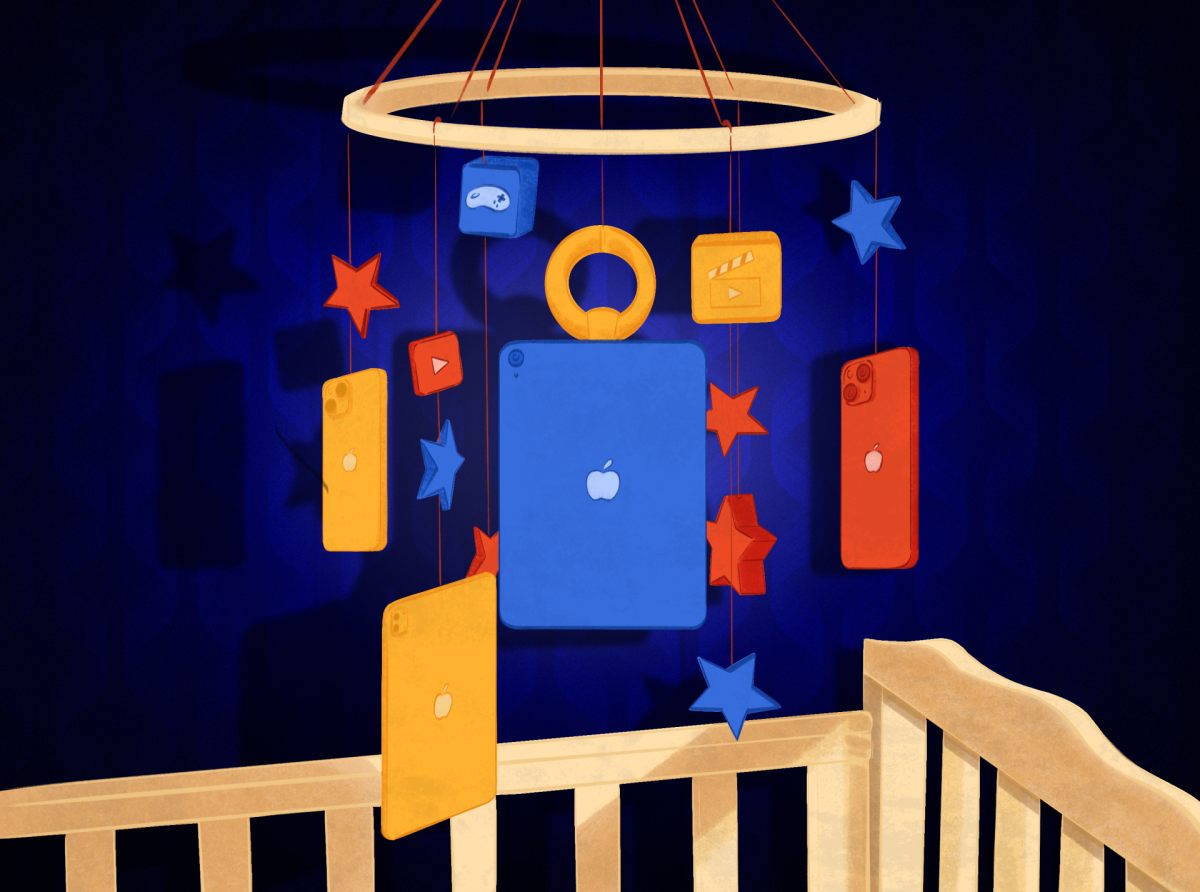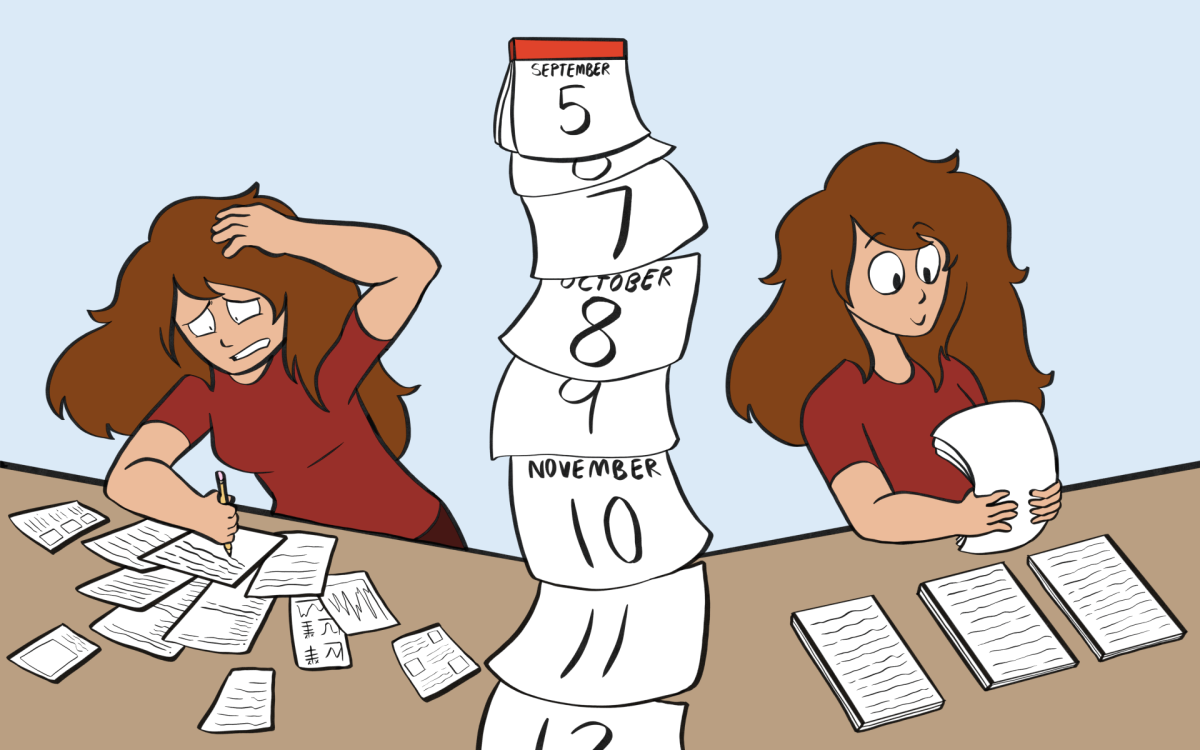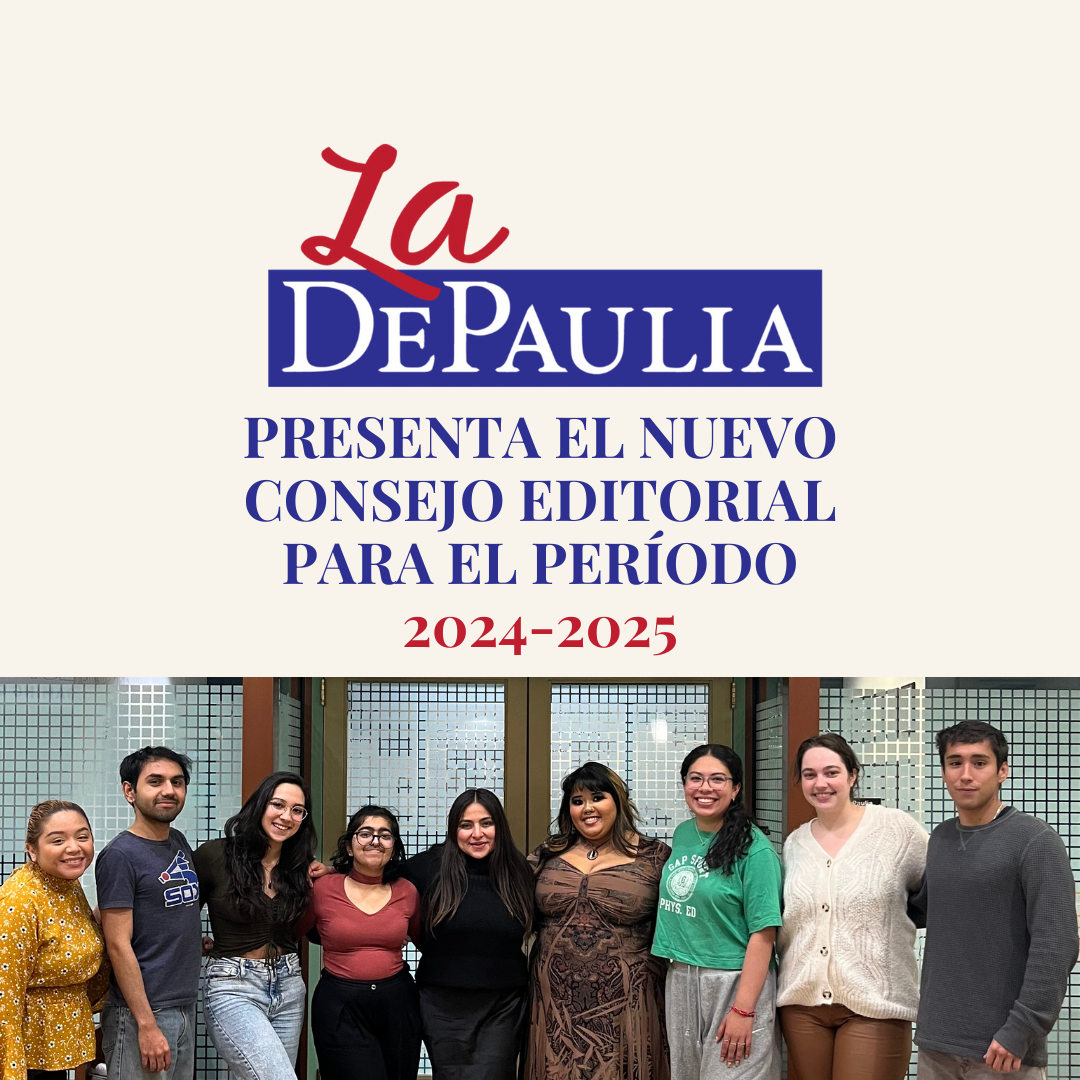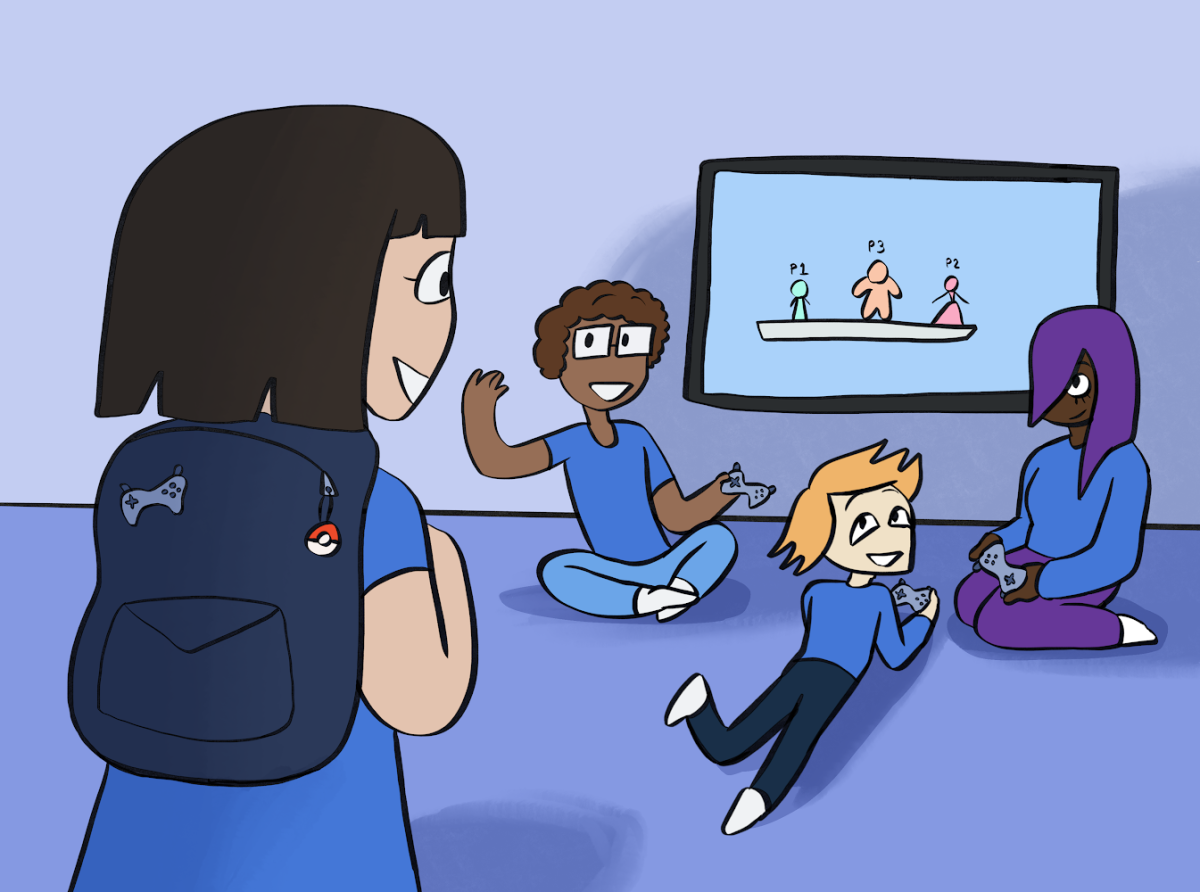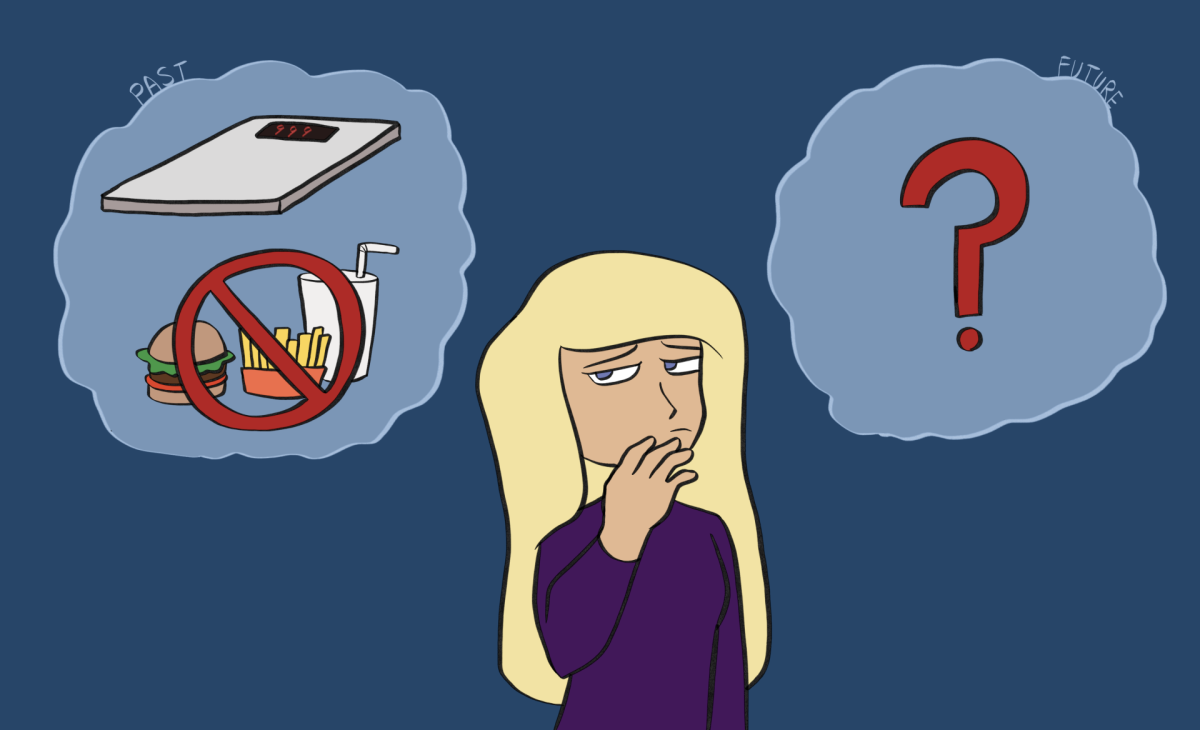With everything from wedding cakes to kitchen porn, Pinterest creates a digital bookmarking service tailoring content specifically to a female audience.
The free-to-join site can be compared to an online pin board where anyone can place their favorite images, quotes or videos on a single webpage. Users can also “repin” or share their content with others.
According to Buzz Feed, Pinterest is the third largest social networking site following Twitter at 182 million participants and Facebook at seven billion. Of Pinterest’s 20 million users, 60 percent are women.
Interestingly enough, the site was created by three men. The company was founded by Ben Silbermann, Evan Sharp and Paul Sciarra in 2009 and currently it is worth roughly $1.5 billion, according to Forbes Magazine.
Pinterest’s online database of pictures, quotes, recipes and do-it-yourself projects appeal to women (and some men) with its visually-driven design.
The most popular content floating around the site is stereotypically the kind of things you would find housewives clipping out of magazines. The pinned images that exceed more than 200 “repins” are usually of fluffy bunnies, Christmas trees, makeup, and wedding bouquets. Some of the categories that are on the website include: hair and beauty, health and fitness, holidays and events, home dêÑÔ©cor, women’s fashion and of course: weddings.
Pinterest has been getting flak from feminists since its creation. Amy Odell, in Buzzfeed article, claimed that Pinterest “drives more traffic to marthastewart.com and marthastewartweddings.com than Facebook and Twitter combined.”
“People don’t go to Pinterest for articles, they go there to scrapbook every imaginable physical aspect of their dream lives, right down to the Mason jar candle holders you really hope to get around to DIY-ing for your next cocktail party,” she wrote. “This isn’t where the internet was supposed to take us.”
Odell argues that the site only encourages female stereotypes such as the desires to look thin and beautiful and being able to bake well.
Amelia McDonell-Parry wrote a rebuttal to Odell’s article on TheFrisky.com. McDonell-Parry, also a feminist, defended Pinterest.
“The real problem here is that Odell thinks these interests are silly or somehow ‘bad’ because they are, in her view, ‘retrograde and materialistic,'” she wrote.
This is an argument made by many Pinterest critics – that the site makes women want to be like 1950’s housewives. Looking at the site, one might conclude that it is a database of “all things women” – it shows what women generally want and care about. These things would include having rock-hard abdominal muscles, flat stomachs, perfect manicures and pedicures, and flawless, fabulous hair.
Of course, this assumption is inaccurate.
“It’s kind of molding us into a one-size-fits-all image of a female,” said Nadvia Davis, a DePaul grad student. “The images they show set standards for women, but [women] don’t necessarily have to follow them.”
“The great thing about the web is the ways in which it has made it easier to indulge in a variety of interests,” McDonell-Parry wrote. “Newsflash: I love reading ‘meaty’ articles. I also happen to love cooking, and clothes, and sometimes making friendship bracelets while I watch TV because I’m ADD, and figuring out how to trim my own bangs.”
McDonell-Parry went on to explain that Pinterest is not the only site where women share recipes and pictures of wedding cakes. “In many ways, it’s no different than posting links on Facebook or Twitter, only the experience on Pinterest is more visual and, yeah, looks pretty. Is it somehow anti-feminist to like something visually pleasing now? Do I lose real feminist points for every throw pillow I have on my bed?”
While there are plenty of girly images being thrown around, there is free will involved – the user chooses what to “pin” and “repin.” There is no rule that a user has to like or use any specific theme of content. Odell noted this as well.
“Pinterest might come with airbrushing, but at least it lets you decide just how much of it becomes part of your own user experience,” Odell explained.
Simply put, everything that Pinterest promotes can be found in the media already. The only good thing about this website is that one can choose to not participate – the media, however, is not as easily escapable.


